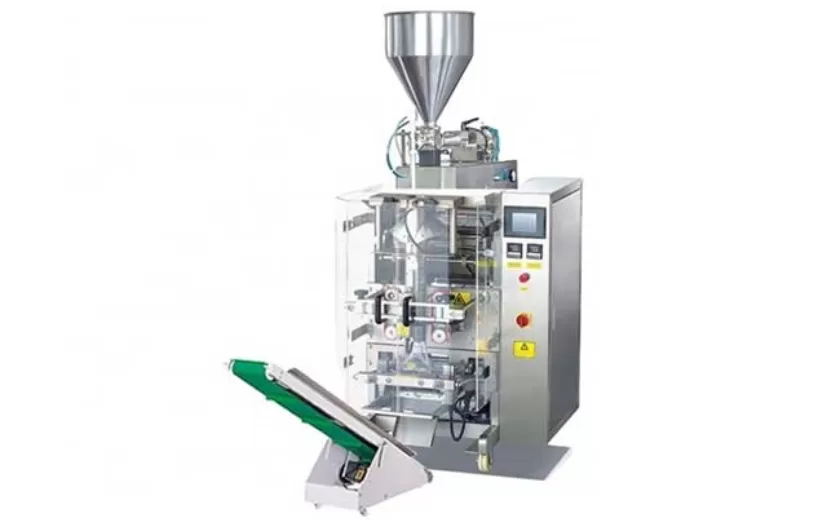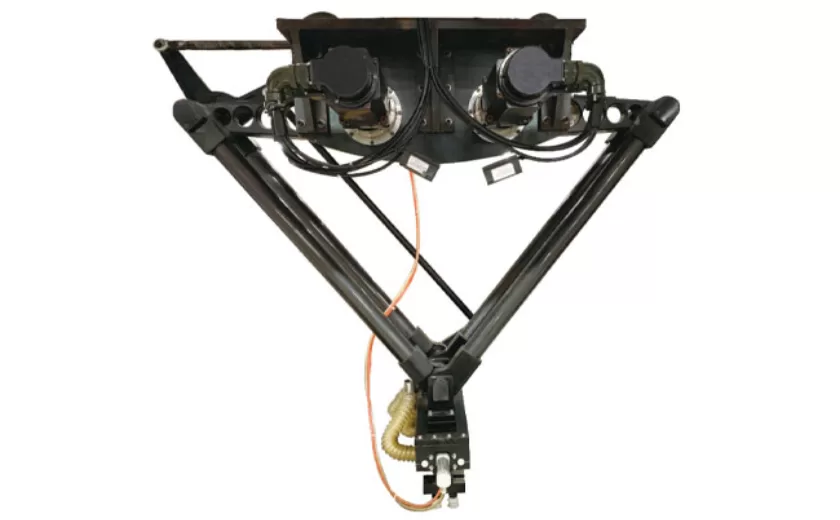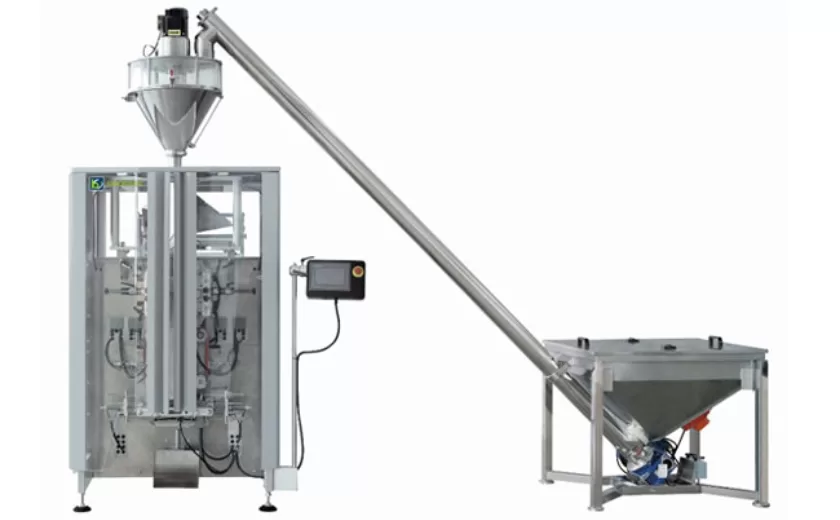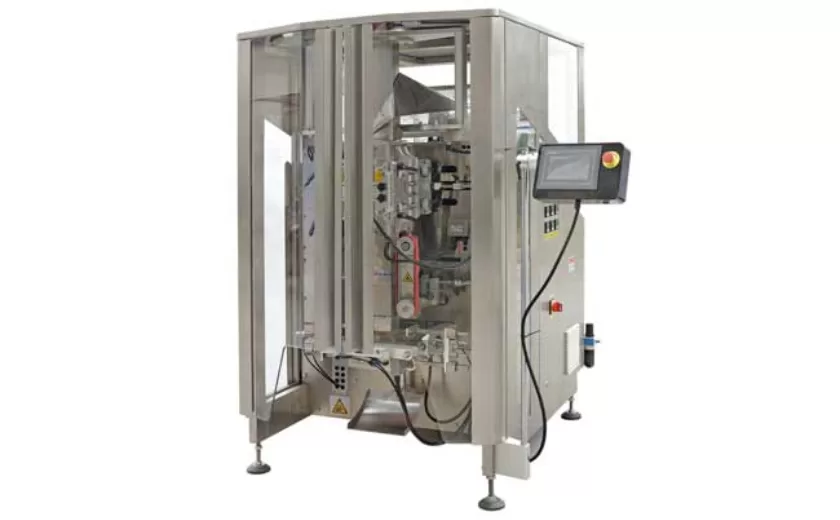Best Practices for Training Staff on Juice Filling Operations
The juice filling process is a critical part of the juice production process, and it is important to ensure that staff are properly trained on how to operate the equipment safely and efficiently. There are a number of best practices that can be followed to ensure that staff are well-trained, including the following:
Establish a Comprehensive Training Program
Effective staff training begins with the establishment of a comprehensive training program. This program should include both theoretical and practical training, and should cover all aspects of the juice filling operation. The theoretical training should provide staff with a thorough understanding of the equipment and the process, while the practical training should allow staff to practice operating the equipment in a controlled environment.
Use a Variety of Training Methods
To ensure that staff are fully engaged and able to retain the information they are being taught, it is important to use a variety of training methods. The following are several common training methods that can be used for training staff on juice filling operations:
On-the-job training (OJT): This type of training involves having staff work alongside experienced operators while they are performing their tasks. OJT allows staff to learn the job in a real-world setting and to ask questions as they arise.
Classroom training: This type of training takes place in a classroom setting and involves lectures, discussions, and demonstrations. Classroom training is a good way to provide staff with a theoretical understanding of the equipment and the process.
eLearning: This type of training is delivered online and allows staff to learn at their own pace. eLearning can be a good way to provide staff with refresher training or to supplement other training methods.
Provide Opportunities for Practice
The best way for staff to learn how to operate juice filling equipment is by practicing. It is important to provide staff with ample opportunities to practice operating the equipment in a controlled environment, such as a training lab or a pilot plant. This will allow staff to become comfortable with the equipment and to develop the necessary skills to operate it safely and efficiently.
Conduct Regular Training Assessments
To ensure that staff are retaining the information they are being taught, it is important to conduct regular training assessments. This can be done through written tests, oral exams, or by observing staff as they operate the equipment. Training assessments will help to identify areas where staff need additional training and will allow for the development of targeted training programs.
Provide Ongoing Training
The juice filling process is constantly evolving, and it is important to provide staff with ongoing training to ensure that they are up-to-date on the latest techniques and technologies. Ongoing training can be provided through refresher courses, workshops, and seminars.
By following these best practices, businesses can ensure that their staff are properly trained on how to operate juice filling equipment safely and efficiently. This will help to improve productivity, reduce costs, and ensure the safety of both staff and equipment.
-

Advanced Packing Solutions: Snacks, Sugar, and Frozen Food Machines
29-10-2025 -

Efficient and Reliable Solutions for Salt, Nuts, and Frozen Dumplings Packing
29-10-2025 -

High-Performance Biscuits, Lollipop, and Ketchup Packing Machines for Modern Food Production
29-10-2025 -

Efficient Liquid Filling and Packing Machines for Modern Production
23-10-2025 -

Reliable Granule Packaging Machines for Efficient Production
23-10-2025 -

Efficient Auger Powder Filling Machines for Accurate Packaging
23-10-2025 -

High-Performance Liquid Filling and Packing Machines for Hygienic Production
10-10-2025 -

High-Efficiency Granule Packaging Machines for Precision and Speed
10-10-2025 -

High-Precision Auger Type Powder Filling Machines for Efficient Packaging
10-10-2025 -

Efficient Vertical Form Fill Seal Packaging Machines for Smart Production
10-10-2025





